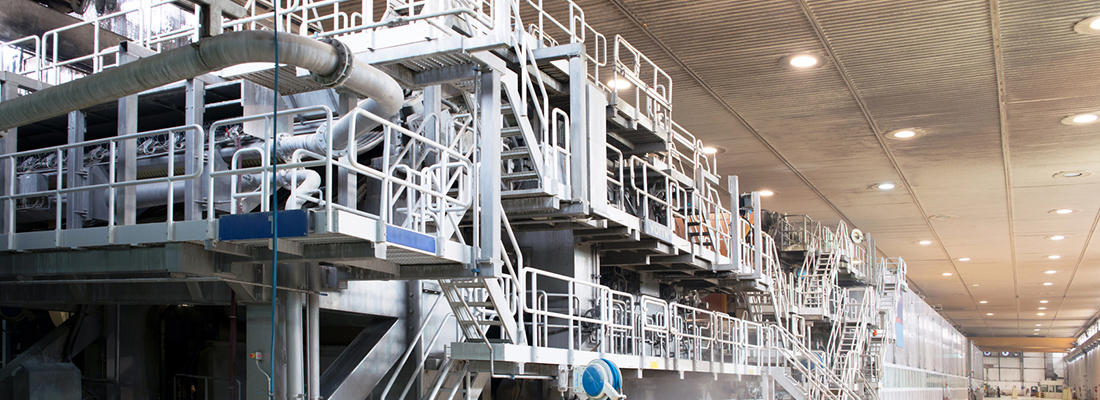1) Field Proven By Some Very Cautious Companies (Utilities)
Over the last ten years, Wireless M-Bus has become the most commonly used wireless technology in Europe for reading electricity, gas, water, and heat meters. Its European installation base is measured in tens of millions.
When you think about it, there is not much difference between the RF communication needs of many industrial sensors and a utility meter. The main difference is the type of data transmitted in the application layer.
Another commonality between utility meters and industrial sensors: the need for wireless modules to work robustly in radio-challenged environments. This has led to the popularity of the wMBus 169 MHz with Mode N ultra-narrowband technology.
2) Long Battery Life
The Wireless M-Bus standard is optimized for low-power consumption, targeting battery lifetimes of 15+ years. Obviously, this significantly reduces the operational costs of your industrial wireless sensor network (WSN).
Low-power wireless communications is accomplished through a few key designs:
- The wMBus protocol is intentionally designed as a star network, thus minimizing the complexity of the end nodes (meters).
- There’s a “bubble up” strategy for collecting data: the sensor only listens for commands during the short time window after transmission. So the transceiver is in sleep mode most of the time, saving its power. A very small overhead in the frame format and efficient data coding allow further power savings.
3) AES-128 Security
AES-128 is the only standard approved by the U.S. National Security Agency (NSA) for its top-secret wireless communications.
For maximum security, the wMBus protocol specifies the Advanced Encryption Standard (AES-128) as defined by the U.S. National Institute of Standards and Technology.
The AES-128 is widely used by many different wireless companies and it is the most commonly used industrial RF encryption standard.
4) Easy Three-Step Set-Up
wMBus modules from Radiocrafts can be combined with off-the-shelf data readers and gateways. Adding nodes to the network is an easy three-step process.
5) Long Range
Radiocrafts wMBus 169 MHz N-mode modules have been shown to have 3.5 km range in practical test in a true urban (downtown) environment: see our Application Note AN021.
And, it’s robust long range RF communications, even in very radio-hostile environments, such as those found in harsh industrial settings with lots of interference and electromagnetic noise.
The keys to this reliable long-distance wireless performance are:
- Up to 500 mW transmission power
- Narrowband operation for excellent receiver sensitivity and very good link budget
- Category 1 classification for receivers, making the radio link as robust as possible in environments with radio interference.
Which Radiocrafts wMBus modules are best suited for your industrial sensing applications? Visit our Wireless M-Bus Product page.

